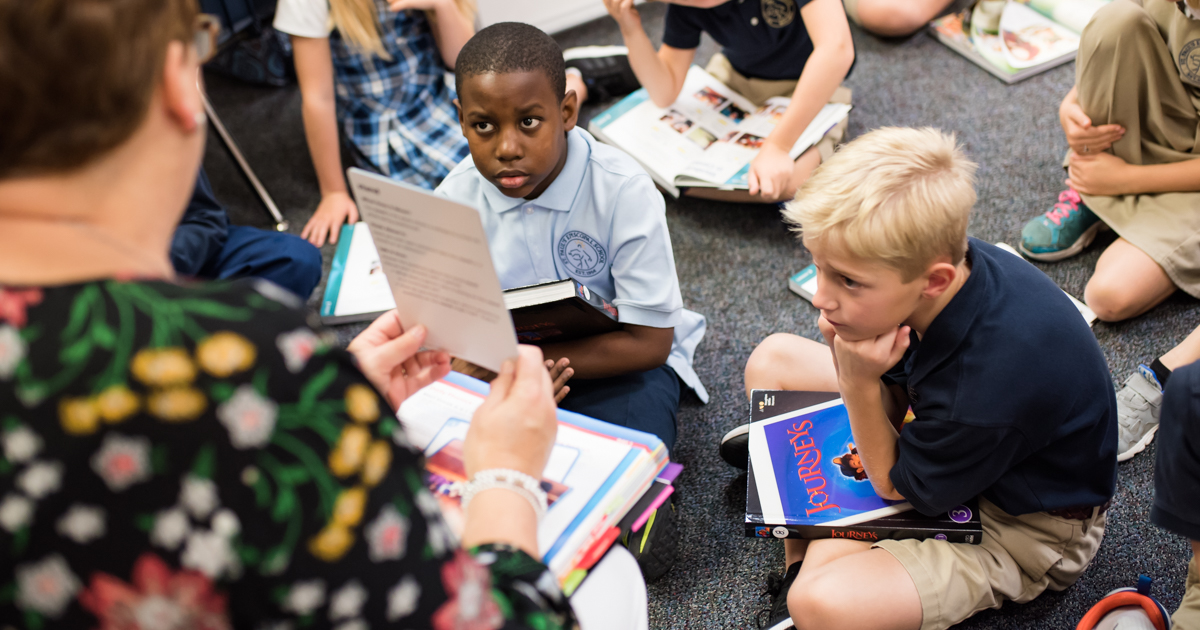Article Library
Is it really ADD? Or could it be APD?
How to spot a misdiagnosis, and help both APD and ADD children learn to read.
by Sarah Forrest | 13 August 2019

Auditory Processing Disorder (APD) and Attention Deficit Disorder (ADD) can sometimes be mis-diagnosed — and even on some occasions, for each other! The symptoms overlap so much, that it can be confusing to tell what you are actually seeing in a struggling learner. It doesn’t help that the acronyms are nearly identical…
When you dig down to the brain chemistry, however, they are completely different disorders. At its core, APD is about some faulty wiring in the hearing interpretation center of the brain. ADD, on the other hand, is about sub-optimal executive function in the prefrontal cortex. Both are relatively uncommon (affecting under 10% of the population).
Symptoms of APD and ADD
The shared symptoms of auditory processing disorder and attention deficit disorder are:
- Seeming to be “tuned out” often
- Seeming difficulty hearing what you have said/not paying attention
- Seeming to be forgetful
- Struggling to follow spoken directions
- Easily distracted by what’s around (sounds, sights, etc.)
A few APD symptoms that are NOT shared with ADD, generally, are:
- Often a history of speech delay/issues
- Difficulty hearing the difference between similar sounds
- Trouble rhyming
- Symptoms are MUCH worse in a noisy environment, and alleviated by a quiet environment
A few ADD symptoms that are NOT shared with APD, generally, are:
- Difficulty sitting still, even in a quiet environment
- Constant fidgeting, even (or perhaps especially) in a quiet environment
- Trouble with organization skills
- Difficulty staying on task, even without obvious distractions
- Weak impulse control
What’s going on in the brain?
With APD, the mis-wiring is rooted in the way the brain interprets what it hears. A hearing test will usually go fine, and that is because there is no actual hearing loss. The problem is with the auditory processing system in the central nervous system. That makes it hard to distinguish similar sounds, and process sequences of sounds. And any background noise makes it much worse.
That is why poor attention can often be a hallmark of APD — a child with APD will find listening to auditory instructions tiring and difficult.
With ADD, the problem lies mainly in the frontal cortex of the brain (the “decision-making center”), and how that communicates with the rest of the brain. For you science geeks out there, check out a fuller explanation of the impaired neurotransmitter activity from a psychologist. You need good activity in the frontal cortex in order to exert control over the rest of the brain. People with ADD lack that, to some extent. That is why medications like Ritalin are actually stimulants, which can seem counter-intuitive for children with hyperactive tendencies!
How to help children with APD or ADD learn to read
If you’ve landed here because you teach or parent a child with either disorder, there is help! Reading is an incredibly complex process that throws up various challenges for both kinds of brains.
The phonemic (sound-based) composition of our written English language makes it hard for children with auditory processing issues. And the heavy concentration required to learn phonics makes it hard for children with attention deficits!
We can recommend using Trainertext visual phonics for either demographic. The visual nature of the phonetic characters helps compensate for the weak auditory integration. And the short, fun, 15-minute teaching chunks are ideal for a brain with weak executive function.
Whatever program you choose, make sure that:
- It has a focus on decoding, preferably using visual components
- Lesson moments are kept short, ideally UNDER 20 minutes
- Teaching styles are encouragement-based, light, and structured into bite-sized layers, where each lesson builds on the one before.
 Sarah Forrest is an Advisor for David Morgan Education, and contributor at Helping Children to Read. After studying Spanish literature at Yale University, she worked at Easyread HQ in Oxford, England for 4 years. She now lives in the sunny south of the United States with her two children, where she loves coaching parent and children through pictophonics.
Sarah Forrest is an Advisor for David Morgan Education, and contributor at Helping Children to Read. After studying Spanish literature at Yale University, she worked at Easyread HQ in Oxford, England for 4 years. She now lives in the sunny south of the United States with her two children, where she loves coaching parent and children through pictophonics.
